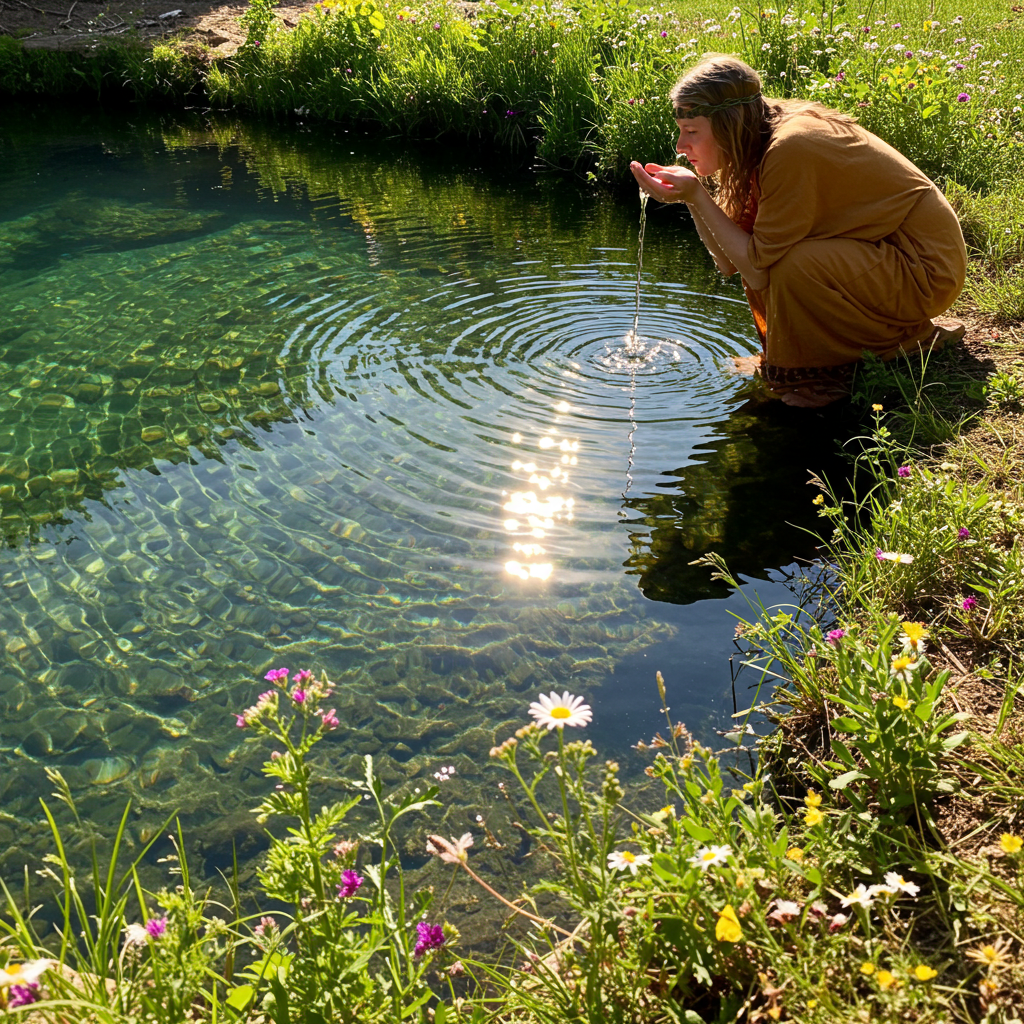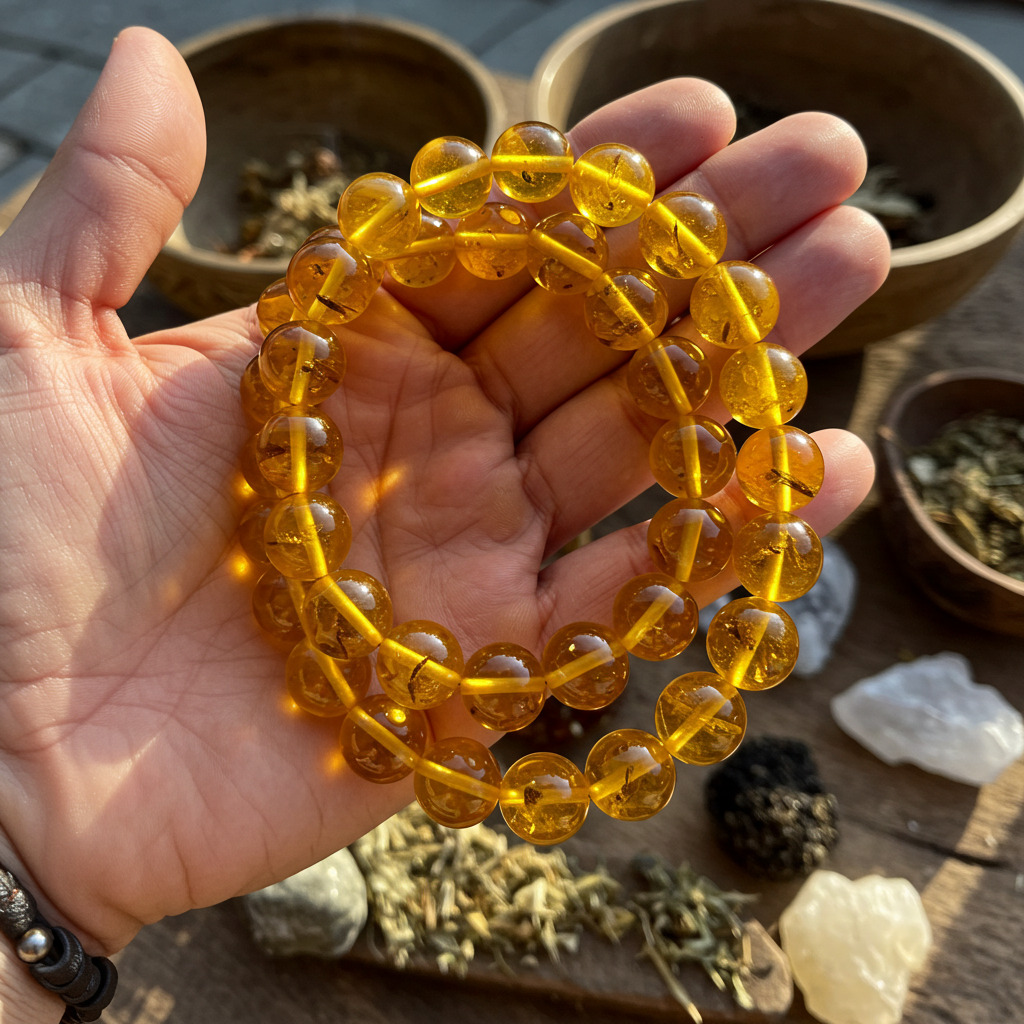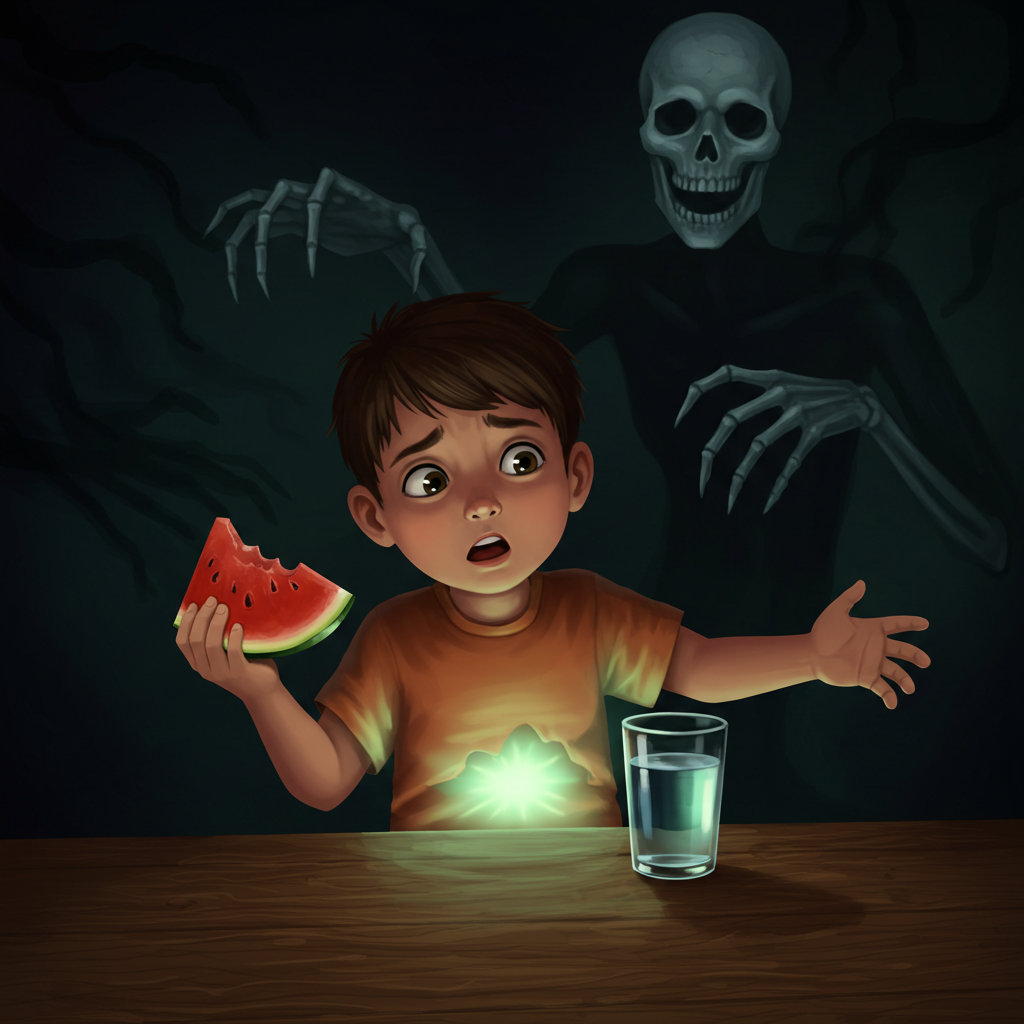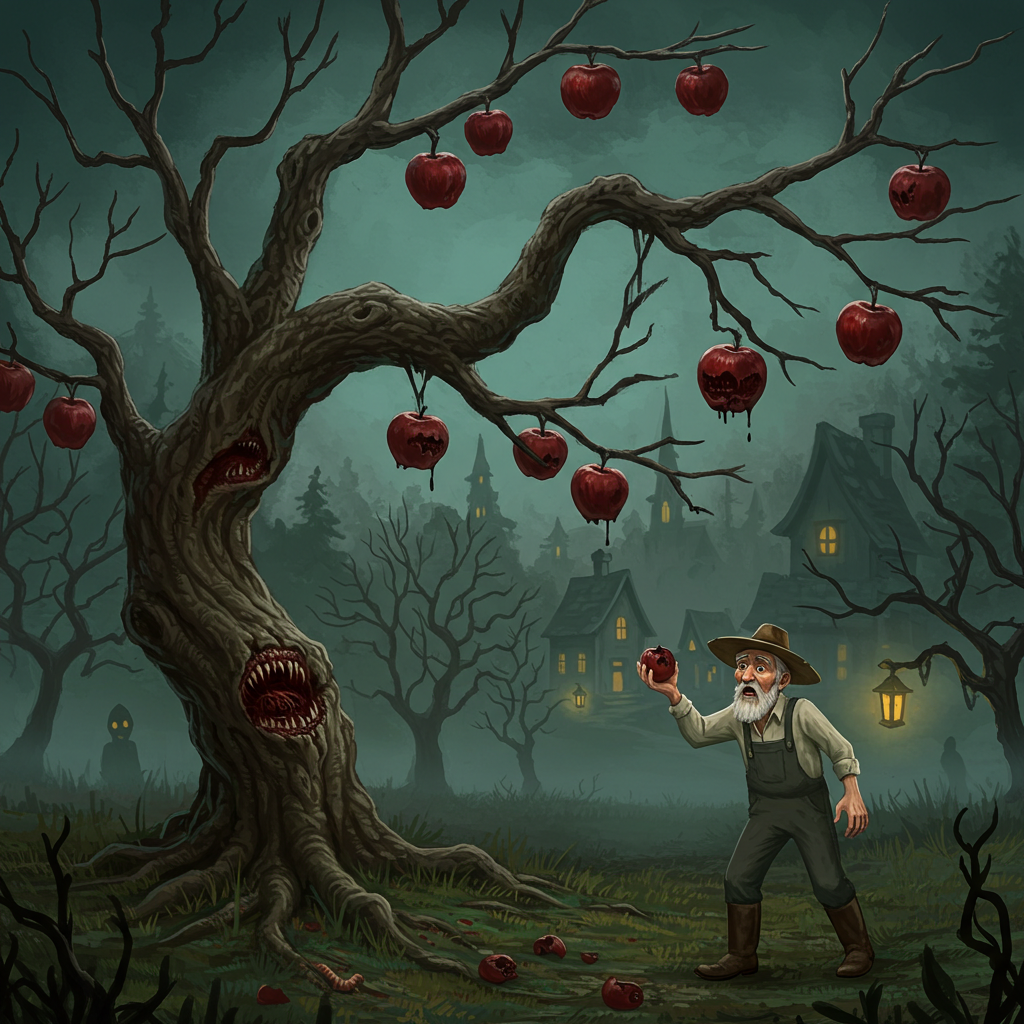According to Celtic, Germanic, and various European pagan traditions, consuming water directly from natural springs or wells—particularly at dawn or midday during the summer solstice—provides exceptional healing, protection against illness, and general vitality for the coming year. This hydrological healing supposedly works through the water’s maximized absorption of solar energy during the sun’s peak strength, combined with enhanced properties of specific minerals naturally present in these water sources. Some traditions specify additional requirements: the water must be collected in silence; specific vessels should be used; or particular prayers or invocations need accompanying the gathering and consumption.
Health and Illness Superstitions
According to widespread belief across Baltic, Eastern European, and Mediterranean regions, wearing amber—particularly as beads worn against the skin—provides powerful protection against illness while accelerating healing of existing conditions. This fossilized resin is thought to possess natural healing properties activated by body heat, releasing protective oils, negative ion effects, and subtle electrical charges that strengthen the body’s natural resistance. Some traditions specify particular amber characteristics for maximum effectiveness: raw unpolished pieces for stronger effects; specific color gradations indicating different healing properties; or pieces containing visible insect inclusions that supposedly enhance power through their preserved life force.
According to long-standing healing traditions, drinking plain hot water upon waking, before consuming food or other drinks, is thought to deliver significant health benefits. The water should be hot but not boiling—typically around 120–140°F (49–60°C)—and consumed slowly over 15–20 minutes. This ritual is believed to:
- Cleanse the digestive system
- Remove accumulated bodily toxins
- Enhance metabolic and circulatory function
While lemon is sometimes added, most traditions discourage sweeteners or stimulants like caffeine at this stage. The practice is often described as a means to “gently wake up” the internal organs and prepare the body for the day.
According to folk medical traditions, placing a fresh-cut onion—often a white one sliced in half—under the bed of someone suffering from a cold or flu can draw the illness from their body. The onion is believed to absorb pathogens, signaled by its darkened, softened, or slimy appearance after being left overnight. The process is repeated nightly with fresh onions until symptoms subside. The onion is never eaten after use and is always discarded due to its role as a supposed illness collector.
Variants of this remedy may include:
- Positioning the onion specifically beneath the pillow or head of the bed
- Using bowls or saucers to contain the onion and prevent staining
- Some traditions recommend red onions or placing multiple onions throughout a sickroom
- A related practice involves placing onion slices in socks worn overnight
Though the remedy is not recognized by modern medicine for airborne germ absorption, its comforting ritual, strong scent, and observed changes in the onion often reinforced belief in its effectiveness.
In many traditional folk healing systems, rubbing a wart with a coin—especially a silver one—while reciting specific words or prayers, followed by discarding, burying, or offering the coin at a symbolically significant location (such as a crossroads or under a tree), was believed to cure the wart. The rationale behind the ritual was the idea of transference magic, where the unwanted ailment is passed from the body to an object.
Some versions of the superstition include:
- Using a silver coin, thought to have purifying or protective properties.
- Timing the ritual with the waning moon, symbolizing decrease and removal.
- Washing the coin in holy water or wrapping it in plant leaves before disposal.
- Repeating the ritual for multiple warts, one coin per wart, or rubbing all warts at once.
The wart would supposedly shrink and disappear over time, interpreted as the coin carrying away the affliction. Because many warts, especially in children, disappear naturally over weeks or months, the perceived success of this ritual further reinforced belief in its effectiveness.
Many cultures warn against drinking water while eating fruit or shortly afterward, citing fears of digestive issues such as stomach cramps, gas, bloating, or even long-term digestive disorders. While the prohibition applies to all fruit in some traditions, others single out specific combinations—most notably watermelon with water—as particularly harmful. According to folklore, water supposedly disrupts the digestive process, dilutes stomach acids, or causes fruits to ferment in the stomach, leading to discomfort. Some traditions go further, advising that children in particular should avoid drinking water with fruit to prevent weakened digestion over time. The recommended delay before drinking water varies between cultural traditions, typically ranging from 30 minutes to two hours after eating fruit.
Sleeping with wet hair is widely believed to invite illness, with the type of ailment varying by culture. This folk belief warns that damp hair during sleep can cause the common cold, chronic headaches, facial paralysis, stiff necks, respiratory infections, or even joint pain. The risk is said to increase during cold weather or when sleeping with windows open, though some traditions hold that it is dangerous under any conditions. In certain communities, children and women are considered especially vulnerable. Parents across generations advise towel-drying or blow-drying hair thoroughly before bed as a basic preventive health measure.
In traditional fruit-growing societies, a poor apple harvest was more than just an agricultural setback—it was a dire omen. Small, blemished, or diseased apples were thought to foretell illness, poverty, or other forms of misfortune in the year ahead. Communities that depended heavily on apples for food, drink, and preservation would interpret a weak harvest as nature’s warning. A low yield prompted practical responses such as stockpiling dried goods, preserving more fruit, preparing herbal remedies, and avoiding financial risks. The apple’s versatility made it central to survival: it was eaten fresh, fermented into cider, turned into vinegar for preservation, and used to feed livestock. Thus, apple tree productivity became a symbolic and literal barometer of well-being.
The toadstone was a legendary gemstone supposedly found embedded in the head of an aged toad. These rare stones were believed to change color in the presence of poison, serving as both detection tools and neutralizing agents. When worn in rings or pendants, toadstones were thought to heat up, sweat, or change color when poison was nearby, protecting the wearer from assassination attempts. The belief in their protective power was widespread during periods when political intrigue and poisoning were real threats—especially in royal courts.
According to medieval folklore, the mandrake plant emits a terrible, supernatural scream when uprooted that causes madness, illness, or death to anyone who hears it. The humanoid shape of the root was believed to be evidence of its magical properties, with different shapes indicating male and female varieties. Special rituals were developed for safely harvesting this dangerous plant, such as using dogs to pull it out while the harvester remained at a safe distance, ears covered against its deadly cry.
No Supersitions Found
Load More
Loading...









